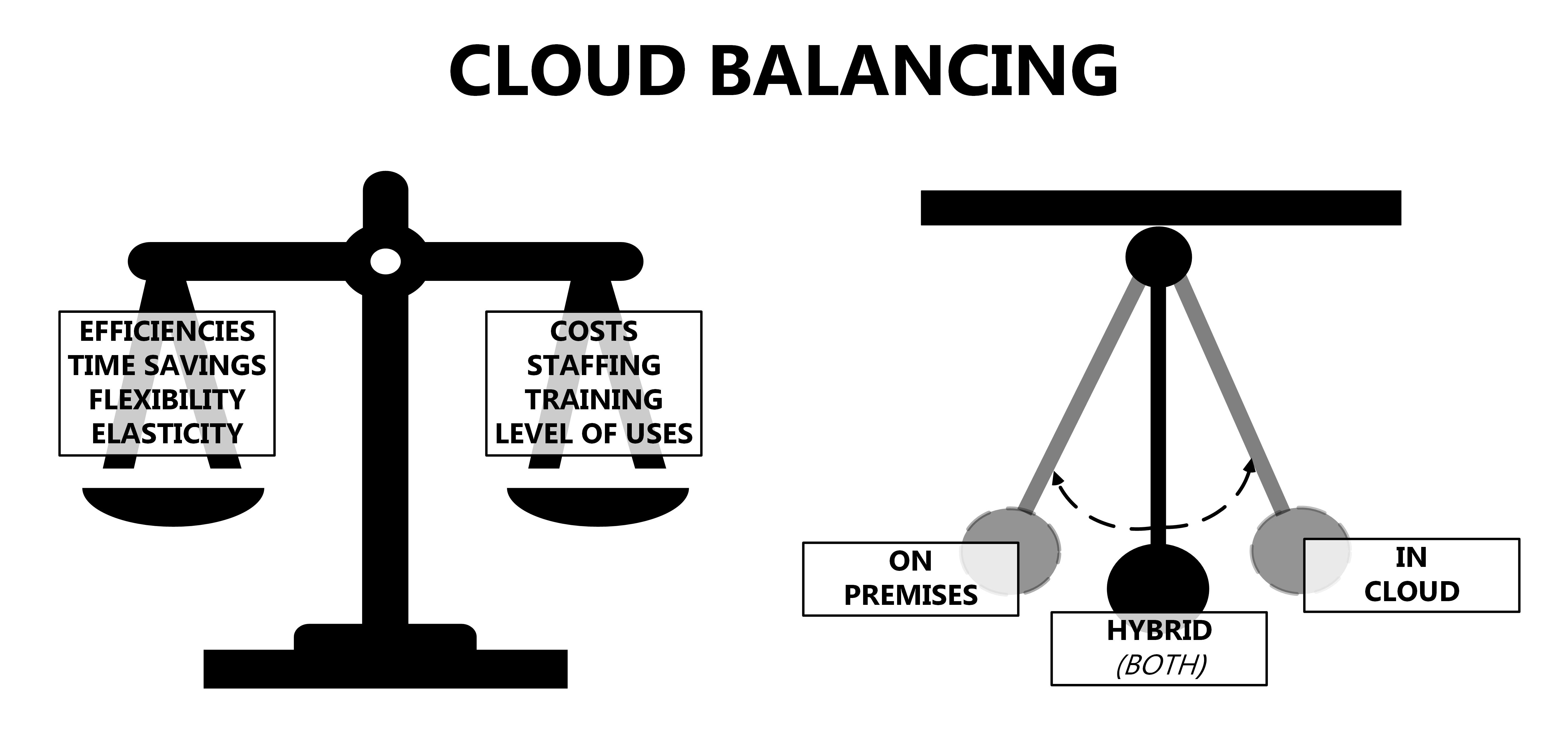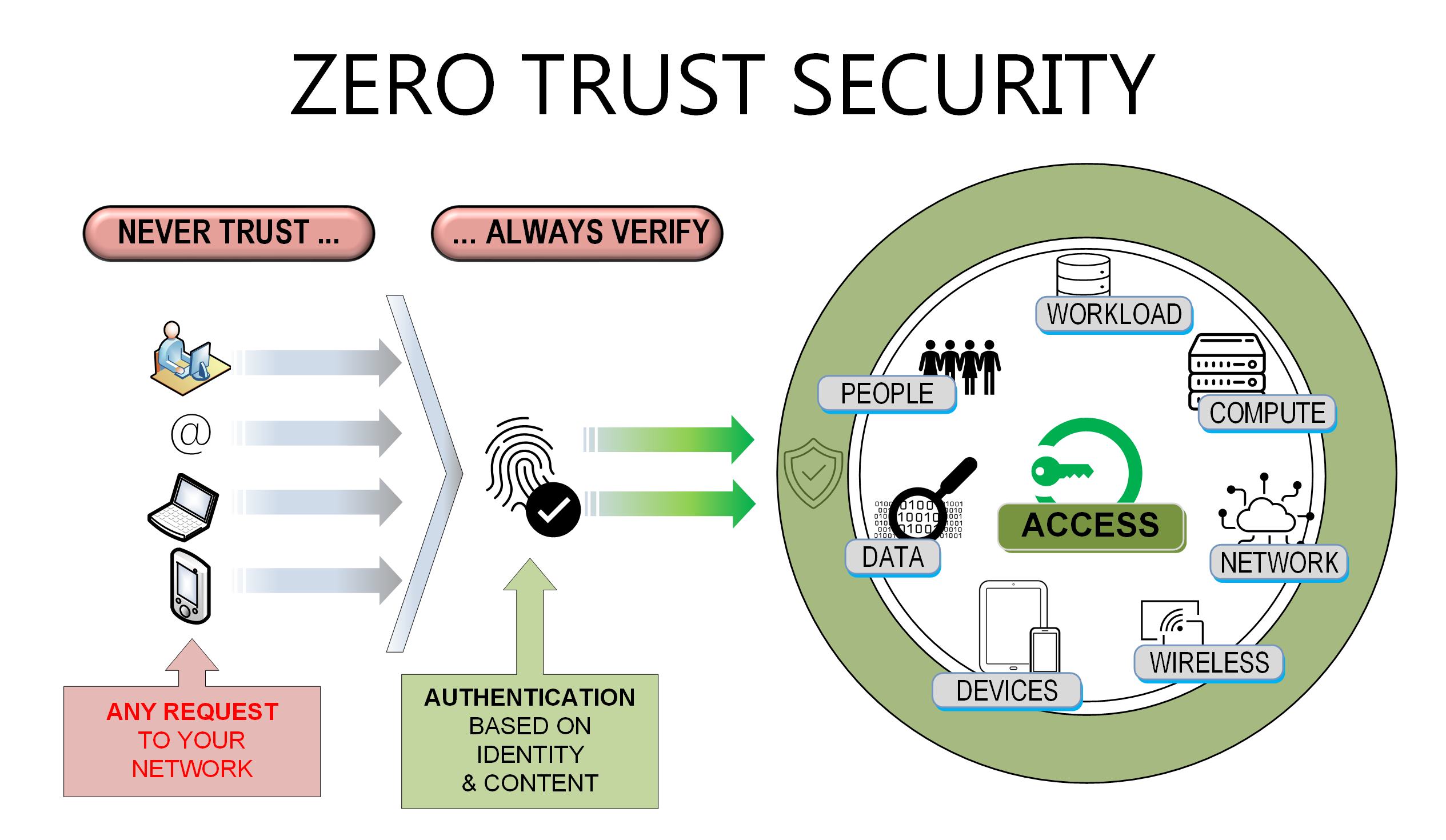Summit Preview: Cloud Awareness for Applications in Media
Analyzing the medium’s path from tape to data

Editor's Note: On Thursday, March 31, Diversified CTO Karl Paulsen will speak about the cloud's role in media at the 2022 TV Tech Summit.
Cloud services for media applications take on a differing set of concerns compared to the more routinely deployed data-cloud services and applications. For example, if you’re the accounting department chances are cloud-like services are integrated into the bookkeeping functions. In a similar way, HR may use record-keeping applications which may also be cloud-data related.
These two examples are effectively framed as “data-cloud” services. Such applications likely work on “structured data” i.e., organized, spreadsheet-like applications with predictable steps and consistent occurrences. Data-cloud services employ common, convenient methodologies for storing near-term and long-term information, as pure data.
However, using a cloud service for media applications brings up a unique vocabulary of differing methodologies, unstructured data, storage requirements, high- and low-level compute processes, and vastly different cost-of-use or egress parameters. Determining the proper use sets raises multiple considerations as to applicability, cost modeling, availability, and feasibility of implementation.
This month’s topic principally focuses on “media and entertainment” applications. Cloud-data services will not be addressed, except to remind us of one common component—”security” which must continually be paid attention to irrespective of the ground, data or cloud applications served.
Cloud Reality
Users, owners, and promoters of cloud should all recognize that “cloud reality is important.” Google the term “cloud reality” and most likely you’ll get a plethora of real estate agencies, property listings, and virtual headwear—these are not what we mean when applying the term “cloud reality” to media-related services.
Probably the better of the many renderings of cloud reality is stated by Cloudeon which says, “As with most new technology or new ways of thinking, Cloud adoption often suffers from lack of proper insight or misconceptions of the way things really work.”
That’s a perfectly valid statement which reminds potential media users that the cloud has a purpose; and that the success of a cloud deployment depends a great deal on choosing the right purpose. That statement, “lack of insight or misconception,” will be further amplified in this article.
Media applications require differing considerations from data-cloud applications; and may require both proper guidance and the balancing of choices when considering media related cloud services, as shown in Fig. 1.

Relevant Perceptions
In similar fashion to the previously stated differentials between data-cloud vs. media-cloud, there are some relevant user perceptions that become more obvious as media-cloud implementations take shape. In resolve, users should be pragmatic about what moves to the cloud—that is the “what, why, and what for” needs a relative definition for each cloud-services expectation.
In a recent usage summary of the Internet, an OpenVault report stated that “Internet usage in the U.S. has doubled since 2018.” Similarly, the “use of the cloud is more hybrid now than in the past two years,” as was reported from the HPA Tech Retreat
Perceptions seem to amplify that you probably shouldn’t put “everything” in the cloud as an abundance of marketeering suggests. Notwithstanding, there are some great values and some not-so-good values in using the cloud for media services (at least for the time being). Further to this good/not-so-good perspective is the “cost-to-benefit” analysis which should be extended to evaluating the total cost of ownership prospect.
On the positive side of cloud, efficiency may well be the better explanation for going cloud rather than valuing an expected savings in capital costs by itself. Efficiencies include staff reductions, time to market (speed), and elasticity. Certainly efficiency is a well-phrased hypothesis, so study the purpose and the value propositions carefully when choosing the services cloud can provide.
In an overall media system, requirements for “ground-based” activities will remain. Studio cameras require lenses and controls “on the ground.” However, there are current and products being developed that do an incredible job automating or managing the resultant camera images wirelessly, autonomously, and globally.
Visual effects (VFX) production still depends on several non-cloud activities, most of which require some elements be housed, operated, or managed “on-prem.” However, new advancements have recently pushed cloud-based tech forward for VFX professionals, rounding out the ecosystem appropriately.
The term “flexibility” applies here. The VFX boutique doesn’t necessarily have to acquire cash for hardware (e.g., storage) or for compute-servers (e.g., rendering, processing)—so they now integrate some services into a cloud solution. Users simply add or subtract cloud services faster and smoother without tying up capital, all the while shifting to an OpEx model for those services they need.
There are many layers to this onion that remain unpeeled. Certain “applications” become defining elements for a “hybrid-cloud model.” A recent conference panelist reminded us that “hybrid models are becoming the norm rather than the exception for media production.”
Virtualization, e.g., VDI-technologies, have changed how cloud providers work with end users. 5G transports can now reach “direct-to-cloud,” taking certain ground-components out of the equation. Remote vs. local is still very real and should be carefully weighed from a cost/management perspective. Elasticity is another cloud-enabler allowing for expanding or shrinking capacity without impacting space or utilities.
However, a percentage of your hardware should remain closely accessible, especially when external conditions change daily operating models in a negative way. Egress to/from cloud can potentially overtake local storage costs—be aware of that usage element.
Producers and technical administrators must look fully and completely at all the cloud costs. Just because you’ve moved a portion of your operations “to the cloud” doesn’t mean you’ve necessarily answered the long-term questions. Supporting a full or hybrid cloud model requires different staffing expertise be added into your operations.
Some expound that cloud may “slash your IT costs” and “boost performance” while adding the “potential for innovation” and “developing new capabilities.” Cloud is an evolving, and different breed of solution sets that still likely require internal or external administrative practices. For some operations this means new personnel, more training or a differing focus on the labor pool.
Trust Nothing, Verify Everything
The last of these observations is security. Palo Alto Networks states that “legacy network architectures no longer work in today’s cloud-enabled world.” This elevates the concept or prospect of “zero-trust,” an element in the overall ecosystem that is continually expanding (Fig. 2).

The likelihood of a damaging experience working in or around a cloud-environment suggests that you “trust nothing, verify everything,” adding another dimension to workflows, especially hybrid ground/cloud environments. Enabling a zero trust network architecture (ZTNA) reflects upon the assurance, reliability, and protection of resources, i.e., services, workflows, accounts, servers, and assets. ZTNA is a practice and not just a physicality of protecting network segments.
Cloud providers have an entire arsenal of protective and security methodologies once “in” their cloud. Security, authentication, and monitoring are where the complications are, especially the issues of getting to or from the cloud. In most cases this assumes an external or third party service provider is necessary. Don’t ever assume that someone else is watching out for your security!
In summary, many issues and practices were exposed in this fundamental overview of cloud-based systems for media applications. If nothing else, being aware is probably the best overall recommendation you can take away from this brief introduction.
Get the TV Tech Newsletter
The professional video industry's #1 source for news, trends and product and tech information. Sign up below.

Karl Paulsen recently retired as a CTO and has regularly contributed to TV Tech on topics related to media, networking, workflow, cloud and systemization for the media and entertainment industry. He is a SMPTE Fellow with more than 50 years of engineering and managerial experience in commercial TV and radio broadcasting. For over 25 years he has written on featured topics in TV Tech magazine—penning the magazine’s “Storage and Media Technologies” and “Cloudspotter’s Journal” columns.
